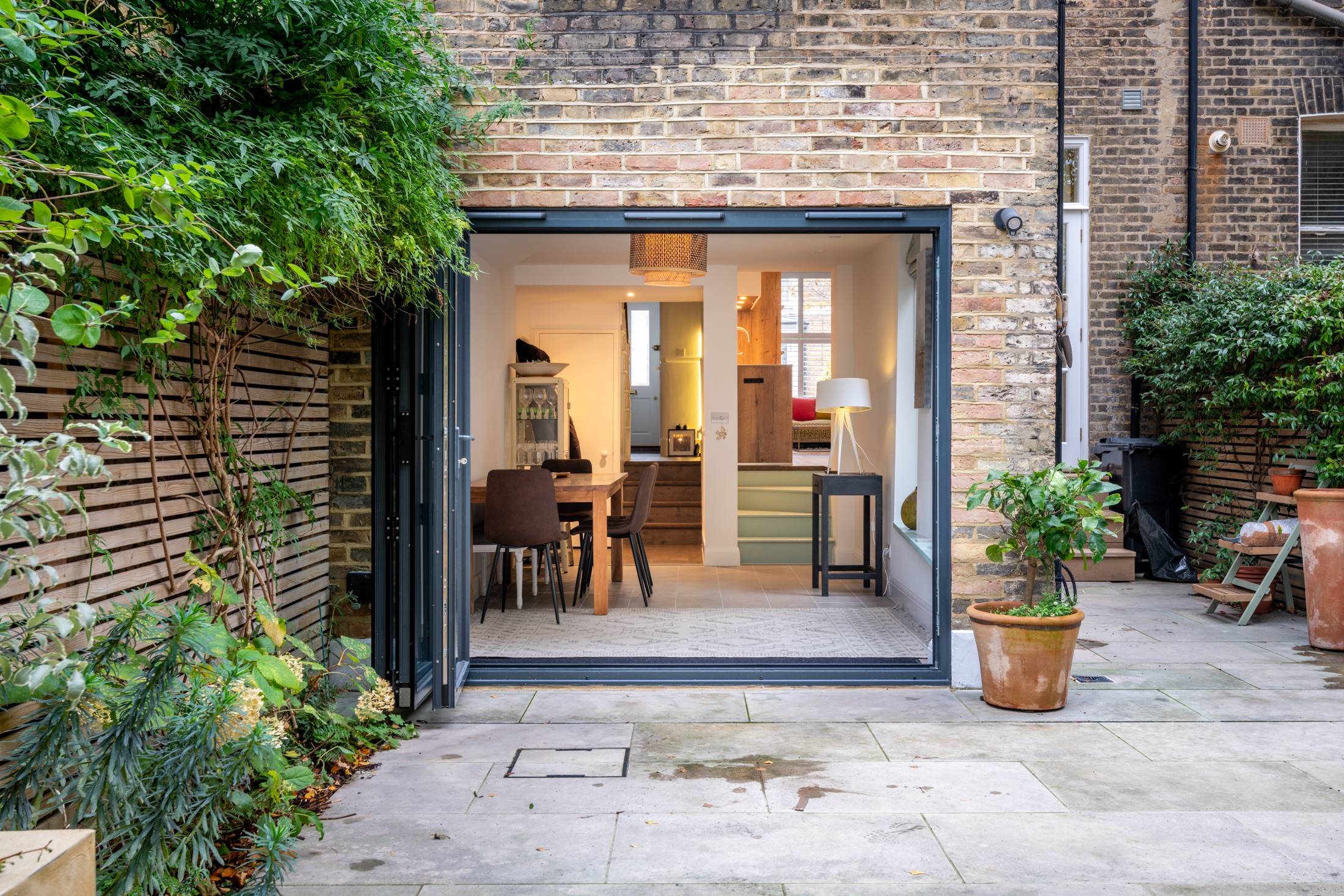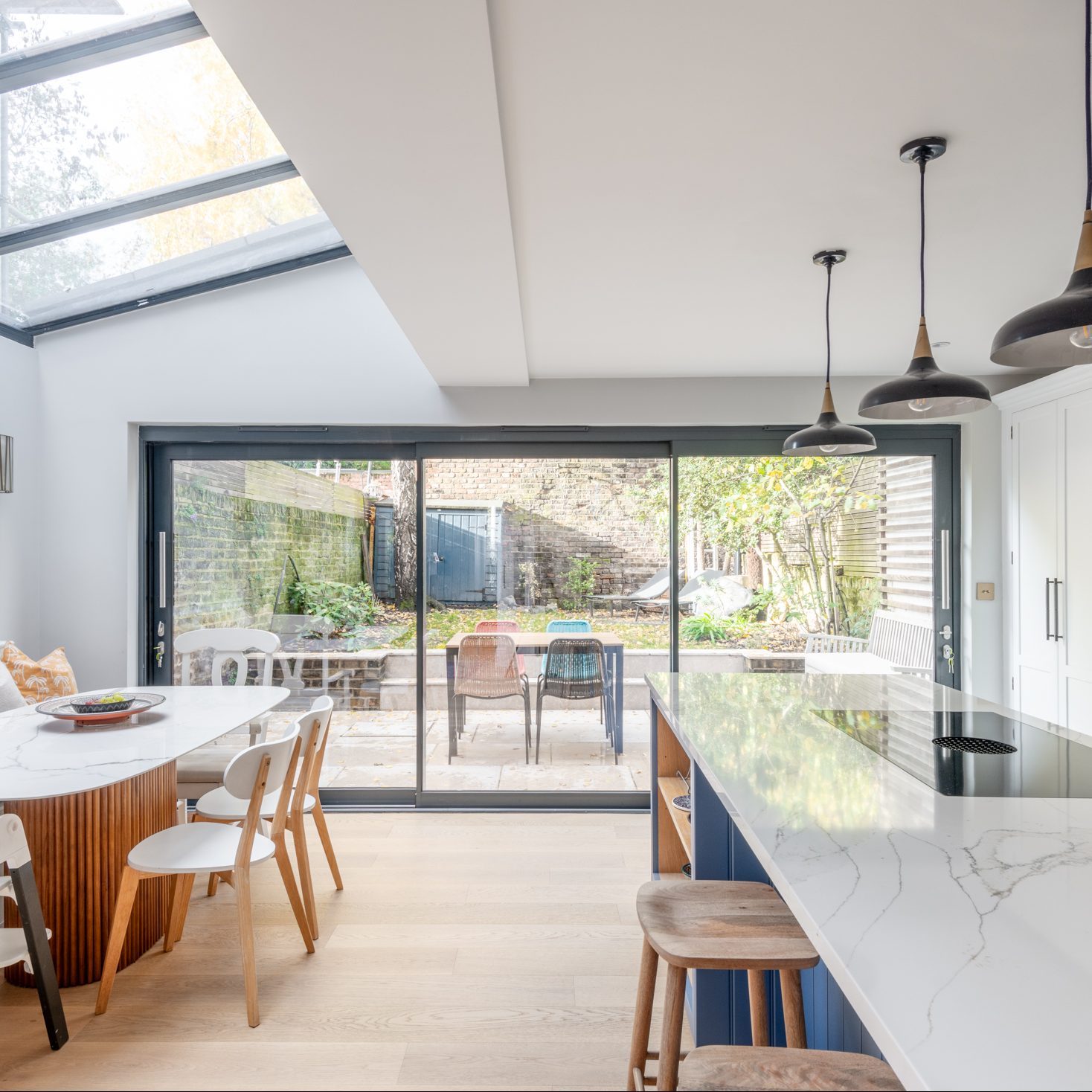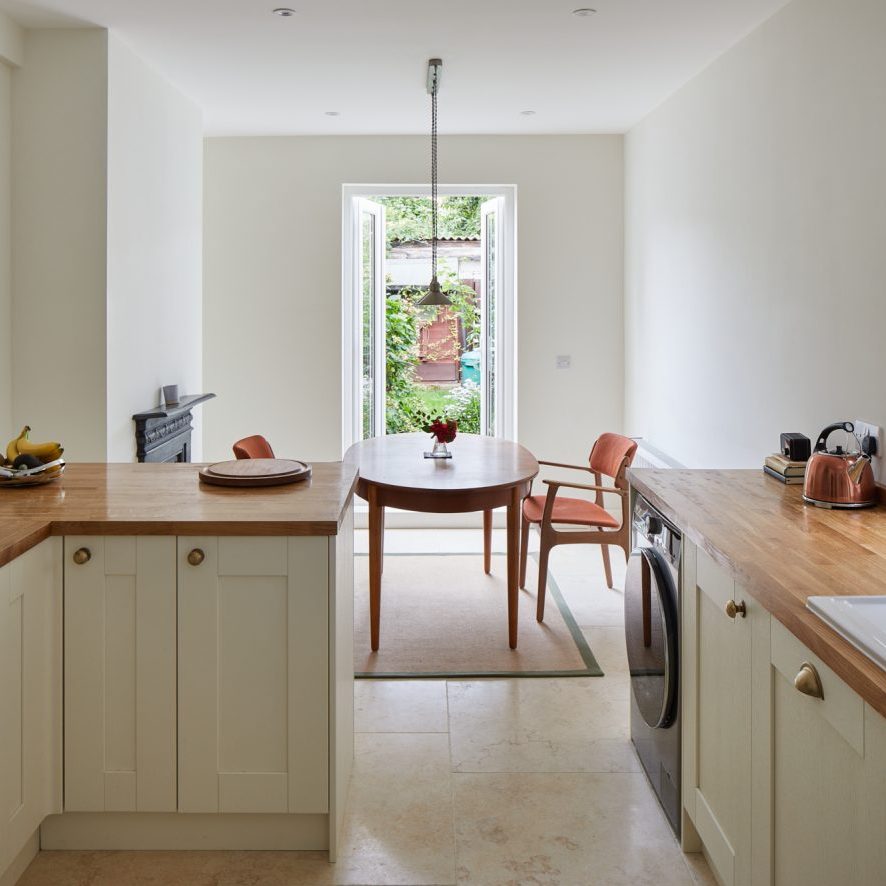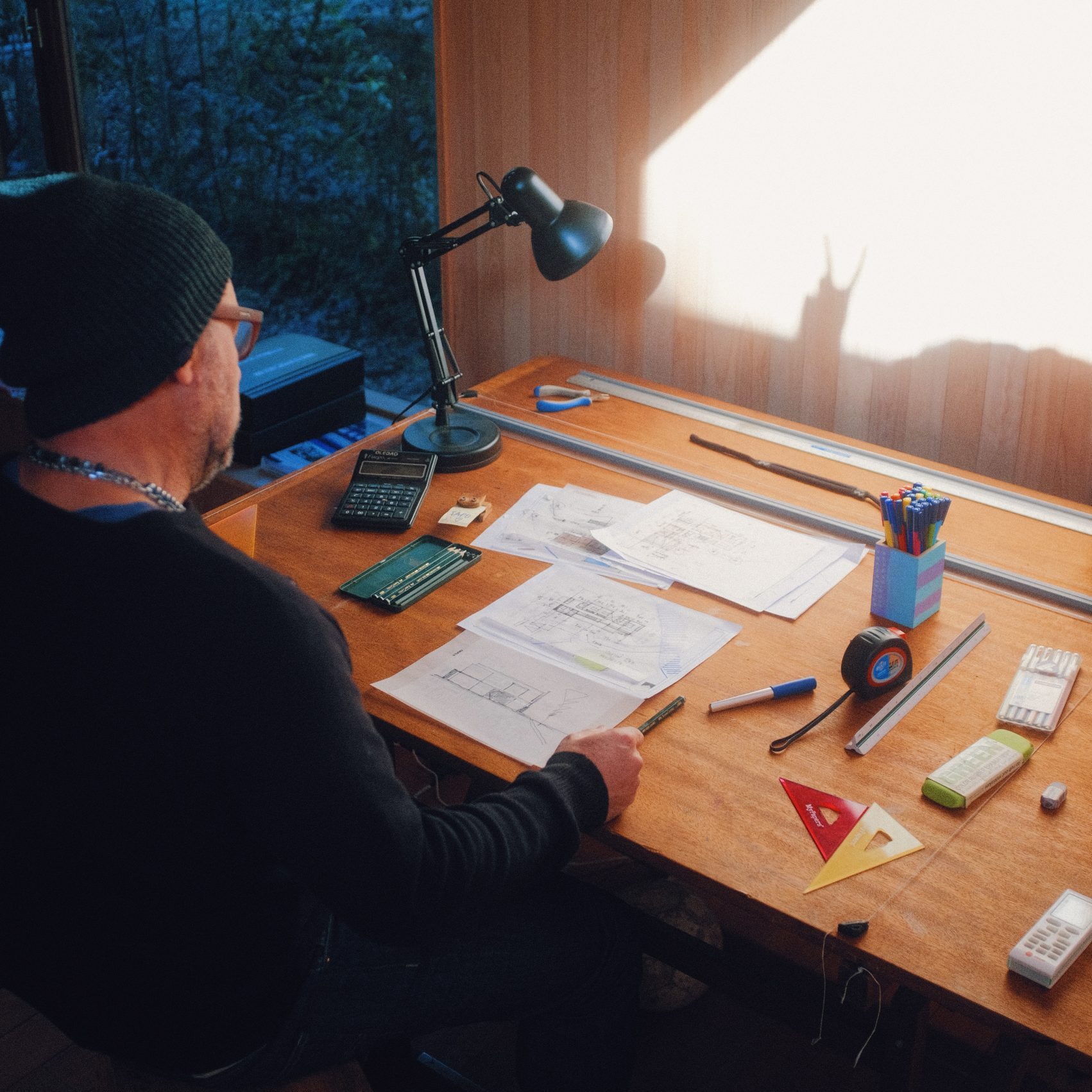What is permitted development?
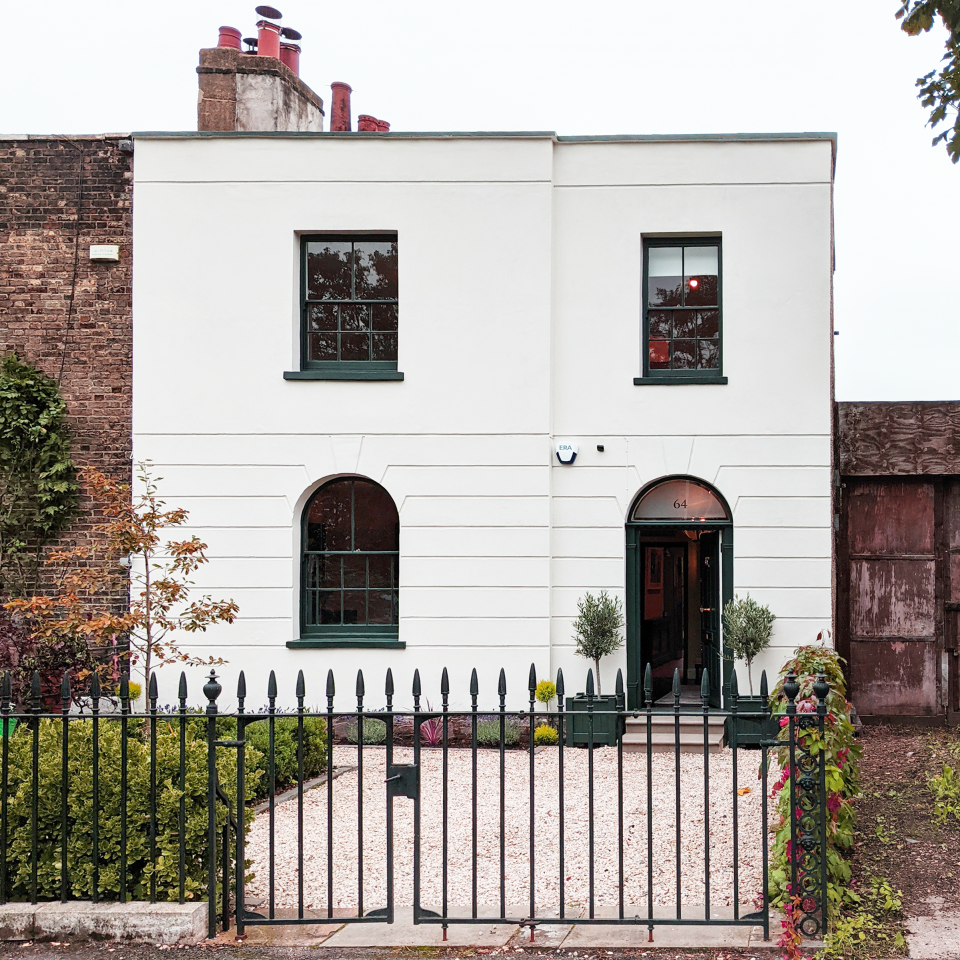
Permitted Development Rights are a set of planning design rules that apply to certain types of properties throughout the UK.
All types of properties in all types of situations have permitted development rights: House extensions, rear dormers, new garages, granny annexes and many more, just for residential purposes. Simply put, if you have a property of a particular type (detached, semi, terrace) and you’re looking to do a very standardised piece of work to it (new extension, replace an external door, add a dormer, new garage) you do not need to apply for normal planning permission. Instead, so long as the proposal sits within the nationally prescribed parameters for such a proposal, it can be built without needing planning approval.
What types of properties don’t have permitted development rights?
Restrictions on permitted development rights apply to land or sites which are commonly known as ‘designated areas’. These include, conservation areas, areas of outstanding natural beauty, historic monuments and listed buildings. If your property is located within or is part of a ‘designated area’, you should check with the local authorities website to check if an “article 4 direction” has been issued, prohibiting the use of permitted development rights in that area. We offer this research service as part of any planning application.
Other property types do not have permitted development rights either. These include but are not limited to; flats, maisonettes or other residential building types. Similarly, commercial properties have different permitted development rights to residential properties.
What’s the difference between permitted development & planning permission?
One question we get asked all the time is, what’s the difference between permitted development and planning permission? Critically, most people seem to think that permitted development means you don’t have to declare the proposal to the council (unlike a normal planning application). Whilst technically true, there are risks which can come back to haunt you.
For example if the proposal does not sit within the permitted development rules; and someone reports the development to the council, you will have to apply for planning permission, and hope it gets approved.
Alternatively, should you come to sell the house, and the buyers property searches show you’ve built an addition without seeking formal approval from the council, you may be asked to provide retrospective approval. Whilst this is of course possible, it’s not an ideal situation to put yourself in whilst trying to sell a property.
My advice would be to seek informal advice from your local authority, however possible, to see if your proposal does sit within the national rules. Alternatively, there are lot’s of guides at www.planningportal.gov.uk or we’d be happy to discuss your project with you at any time

